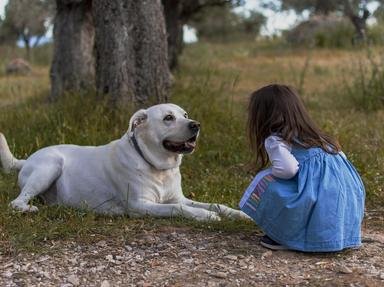
Legs, More or Less Trivia Quiz
Here is a list of twelve animals, some of which are legless while others have two, four or even more legs. All you need to do is sort them into the correct boxes.
A classification quiz
by rossian.
Estimated time: 3 mins.